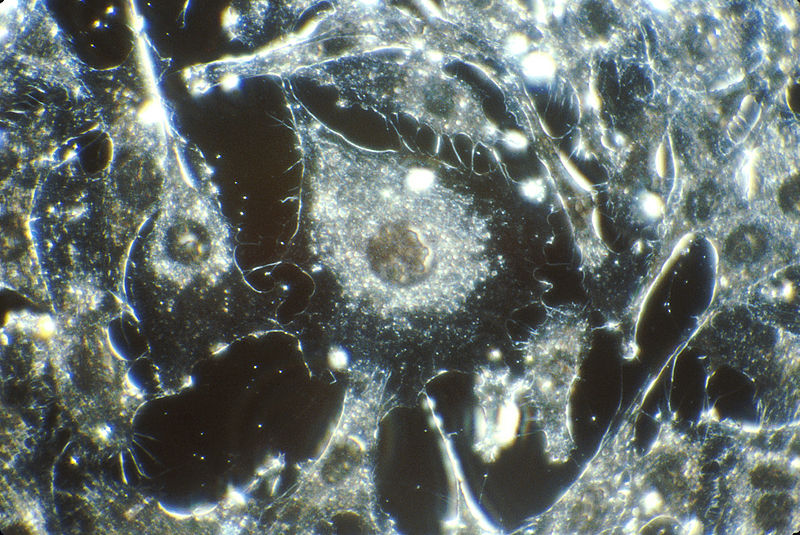Researchers move step closer to cancer cure

Cancer is the modern day equivalent of a plague, if a slow-acting one. Scientists have been trying to beat this disease since they first learned about it. Many techniques have been tried, some with better results than others. Some of the latest theories even involve using nanotechnology to help out. But one group of researchers may have found the key by using traditional drug therapy.
A group of researchers from
The drug they’re using has already been shown to shrink and cure tumors in all their test subjects. They starting with leukemia, but soon discovered that it has the potential to be used against any form of cancer. The secret is in the approach that they used.
Normally, cancer cells fool the human body into believing that they are benevolent. They do this by using an element called CD47. The presence of this “flag” prevents the human immune system from attacking the dangerous cancer cells. The researchers figured out that CD47 is present in much higher amounts within cancer cells. Thus, they decided to make it the target of their drug and let the human body do all the heavy lifting.
When the drug is introduced, the CD47 in cells is blocked. The immune system then goes after the cancer cells and takes them down. The end result produces some issues with the body attacking regular red blood cells as well, but this has already been shown to be minimal, the body repairing the damage in short order.
But, naturally, the success of any drug relies on being able to test it properly. They started with mice and showed that they could shrink the tumors and prevent the cancer from spreading. This proved successful on every type of cancer they tested it against. Now, it’s on to humans to make sure the drug is safe. Hopefully, this goes even further and we see an end to this life-stealing disease in our near future.
Cancer cells image courtesy of the National Institute of Cancer via Wikicommons

1 comments